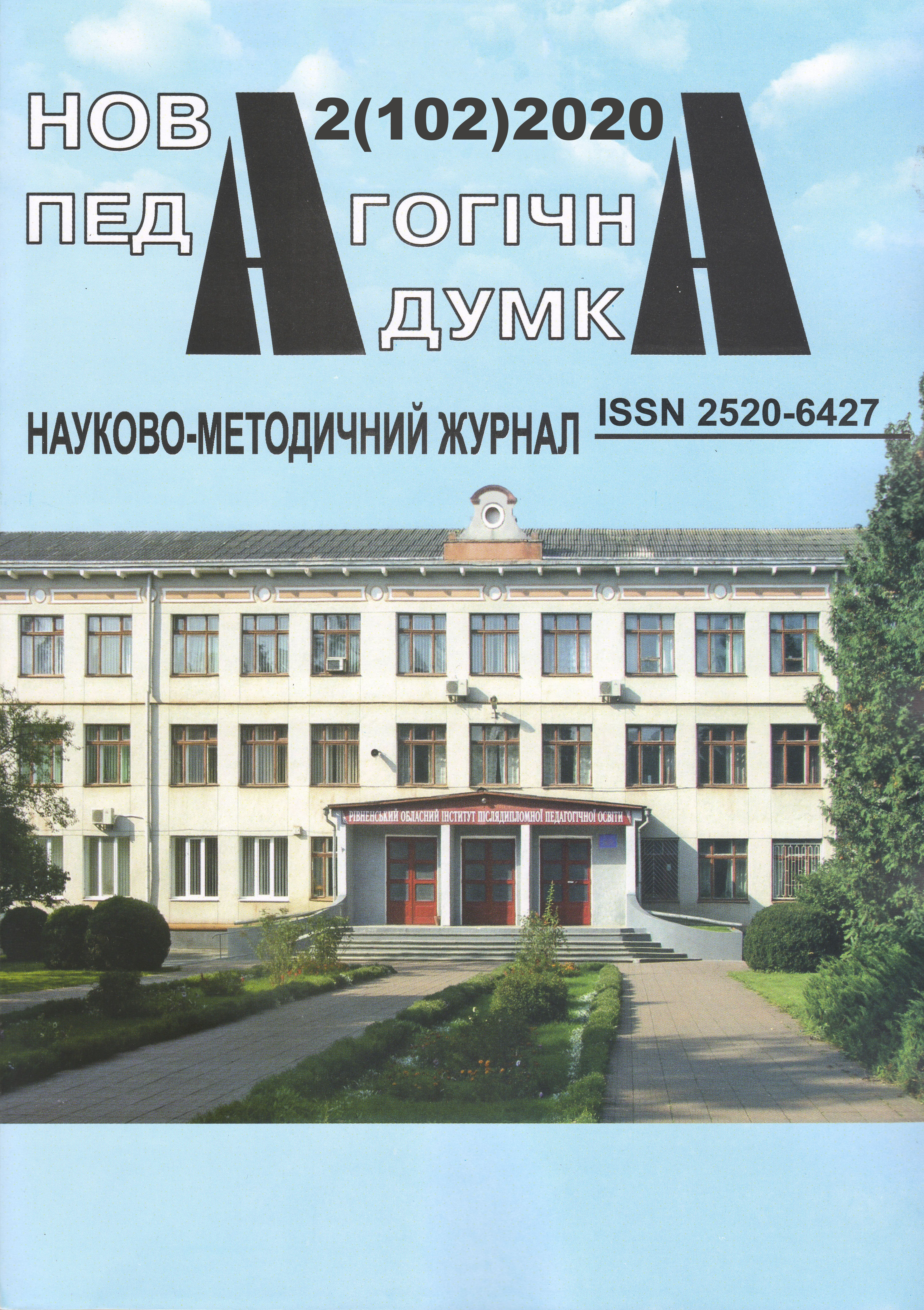The effectiveness of the "fishbone" method in the process of learning English
Abstract
Modern educational trends require that classes in higher education institutions should be distinguished by a practical orientation and the student does not act
passively in classes, but is an active participant in the educational process. The article focuses on the basic importance and objectives of the «fishbone» method, which enables organizing work in groups or in pairs, to help recipients see the relationship between the causes and consequences of foreign language competence. The influence of this method on the development of students’ critical thinking has been considered. The efficiency of using this method in English classes has been distinguished. The scheme of «fishbone» has been presented in the article. It has been conducted that this approach can be used as a separate methodical method for analysis of any situation or to act as a strategy of the whole lesson. It is most effectively used in the generalization and systematization of knowledge, when the material on the topic has already been learned and it is necessary to bring all the learned concepts into a coherent system that involves the disclosure and assimilation of relationships and relations between its elements. The essence of this methodical reception is establishing causality between the object of analysis and making informed choices, and the method allows students to develop skills in working with information and the ability to analyze and solve
problems. A «fishbone» is one of the methods of critical thinking, which by formulating conflicting questions, through analysis and processing of information, leads
to clarification or solution of a problem. This method promotes the development of student speech (where the student does not think about grammar rules, but simply reveals the essence of the issue), teaches co-operation, the ability to navigate the language situation, enables students to be active participants in the learning process.





